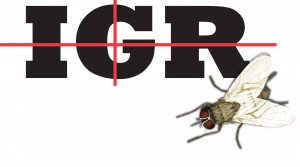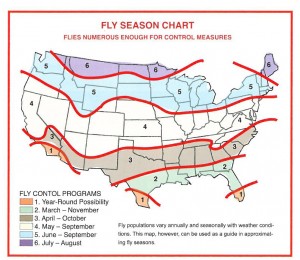Fly Population Control
The inclusion of IGR in Loomix® Liquid Supplements gives your herd protection against one of the most profit robbing flies…the horn fly. Horn flies cost the cattle industry over one billion dollars annually (USDA estimate).
Consumption Control
Loomix® IGR provides controlled, free-choice consumption in a liquid form and offers a convenient, effective solution to profit-robbing horn flies.
Cost Control
Keep your wallet full…let Loomix® IGR go to work for you!
1. What does IGR mean?
IGR stands for “Insect Growth Regulator.” The IGR compound added to Loomix® IGR results in the treatment of manure; preventing horn fly larvae from becoming adults and ending the horn fly life cycle.
2. How problematic are horn flies to the cattle industry?
It has been documented that horn flies alone cost the cattle industry over $1 billion each year. It’s no secret that horn flies can have a severely significant impact on cattle performance…from weight loss to lower milk production.
3. Why is IGR so effective on horn flies?
IGR passes through the digestive system into the animal’s manure, treating that manure and preventing larvae from developing beyond the pupae state. The horn fly life cycle stops there.
4. Does IGR control other types of flies?
IGR is formulated to control horn flies as horn flies have the most economic impact on cattle in pasture situations. It is not harmful to beneficial insects such as the dung beetle or other insect predators that normally inhabit the manure.
5. Is IGR toxic?
IGR is a very safe substance. It affects only the horn fly and will not harm birds, reptiles, warm blooded animals, or other beneficial insects. Milk production, reproduction, growth, and feed efficiency are not adversely affected.
 6. How soon do I need to start feeding IGR to deter horn fly population?
6. How soon do I need to start feeding IGR to deter horn fly population?
Cattle should start consuming Loomix® IGR at least two to three weeks prior to expected fly population emergence. This will typically range by region, but in general can be as early as March 15th for states as far south as Kansas and
Oklahoma.
The diagram below gives a general idea on
when flies are expected to emerge based on geographic area.
